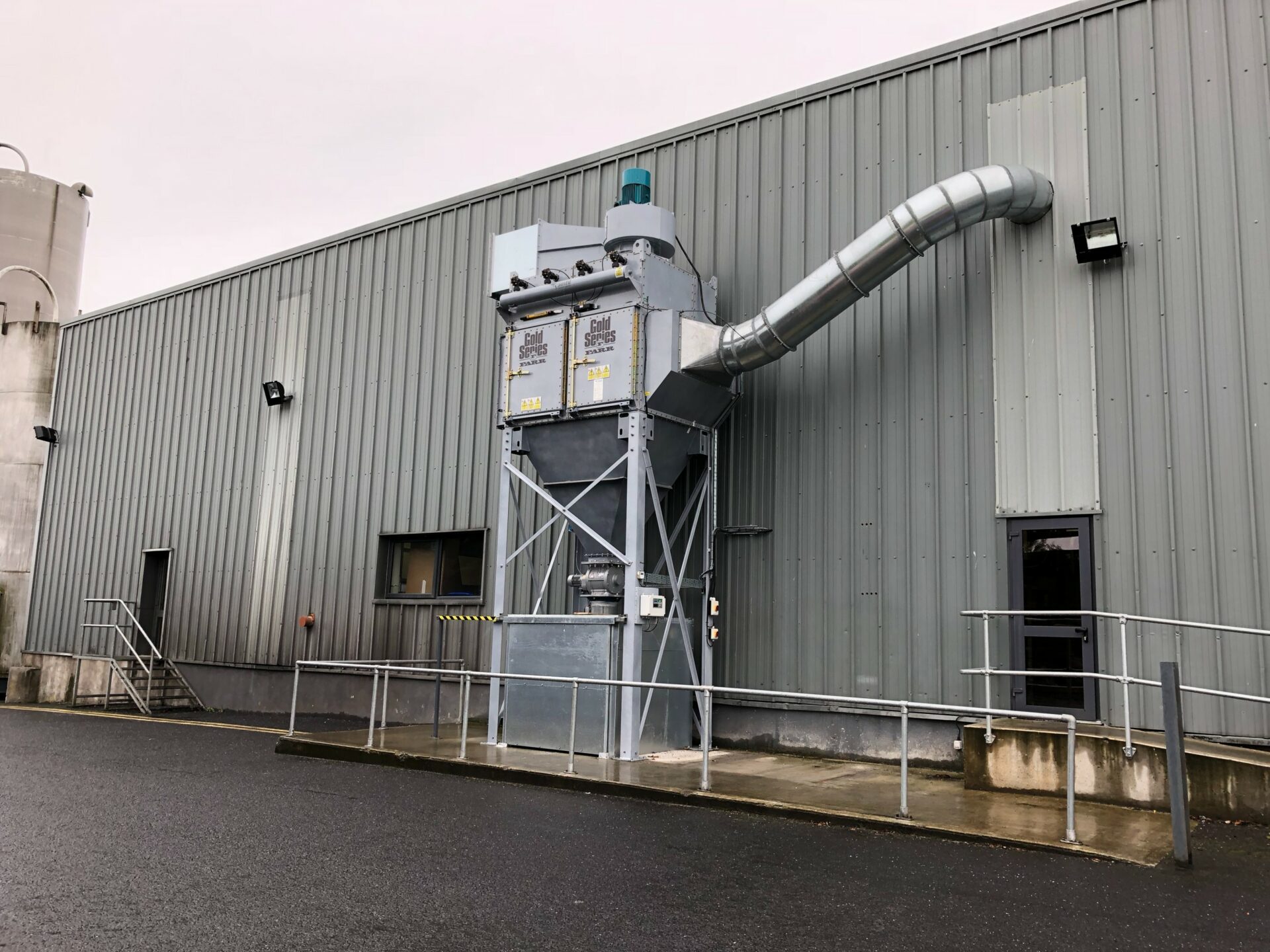Effective Strategies for Dust Control in Industrial Settings
Dust control is a crucial aspect of maintaining a safe and efficient industrial environment. Good dust control strategies improve air quality, protect workers’ health, reduce equipment damage, and help follow regulations. Here is some practical guidance for industrial settings to achieve optimal dust management.
What Strategies can my Company use to Control Dust?
1. Source Control
The first step in dust control is addressing the source. Identify the primary sources of dust within your facility. Common sources include material handling, cutting, grinding, and mixing processes. Implementing enclosed systems and using water sprays or foam can significantly reduce dust generation at the source.
2. Ventilation Systems
Effective ventilation is vital for dust control. Install local exhaust ventilation (LEV) systems to capture dust at its source before it can spread. Regularly maintain LEV systems and equip them with appropriate filters to ensure efficiency. General ventilation can also help dilute and remove airborne dust particles from the work area.
Failure to maintain proper ventilation systems can result in non-compliance with health and safety regulations. This can lead to fines, legal actions, and shutdowns enforced by regulatory bodies.

3. Dust Suppression Products
Utilising dust suppression products can greatly enhance dust control efforts. You can use chemical suppressants, wetting agents, and binding materials on dusty surfaces to prevent dust from flying around. Select products that are appropriate for the specific type of dust and industrial setting.
If suppressions products are low quality or not working correctly, this can lead to high levels of dust in the air. High levels can cause serious health risks for workers, such as breathing issues, lung diseases, and allergic reactions. Long-term exposure can lead to chronic conditions such as silicosis or asthma.
4. Housekeeping Practices
Regular housekeeping is essential for effective dust control. Implement a rigorous cleaning schedule to remove dust from floors, walls, and equipment. Use vacuum systems with HEPA filters rather than dry sweeping, which can disperse dust into the air.
Dust accumulation on machinery and equipment can reduce operational efficiency and increase wear and tear. This can lead to more frequent breakdowns, higher maintenance costs, and reduced overall productivity.

5. Personal Protective Equipment (PPE)
Ensure that workers have access to appropriate personal protective equipment, such as masks and respirators. PPE is important for controlling dust and keeping employees safe from breathing in airborne particles.
6. Employee Training
Training employees on dust control procedures is critical. Educate them about the importance of dust control, proper use of equipment, and safe work practices. Regular training sessions can help reinforce these concepts and promote a culture of safety.
By implementing these effective strategies for dust control, industrial settings can significantly reduce dust-related hazards, ensuring a safer and more productive work environment. For more detailed guidance for industrial settings, consult industry-specific regulations and best practices.

How can APS Help?
Using effective strategies will ensure your machinery and operations run smoothly whilst protecting your employees.
APS can help support your strategies to ensure a safe and compliant working environment. Our expert sales team are here to answer your questions.

We Consult
Understanding is key. We take the time to grasp your specific requirements, ensuring solutions tailored just for you.

We Design
With your needs as our blueprint, we craft designs that are both functional and in step with modern aesthetics.

We Install
Our team prioritises a smooth, efficient installation process, minimising disruption while focusing on optimal safety outcomes.